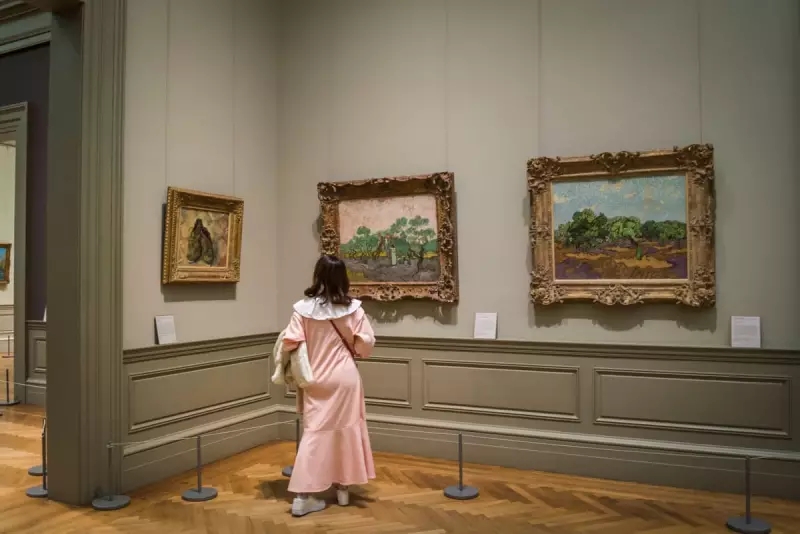
The Metropolitan Museum of Art in New York finds itself at the centre of a contentious legal dispute over the ownership of a prized Vincent van Gogh painting, with claimants alleging the work was unlawfully taken from their Jewish ancestors during the Nazi era.
Heirs Pursue Justice for Alleged Wartime Theft
Legal representatives for the descendants of a German-Jewish industrialist have filed suit against the prestigious institution, demanding the return of 'The Olive Trees' (1889), valued at approximately $20 million. The painting currently hangs in the Met's European paintings gallery, attracting thousands of visitors annually.
The claimants assert their family was forced to sell the masterpiece under duress in 1938 as Nazi persecution intensified. This case represents one of the most significant restitution claims involving Nazi-looted art in recent years.
Historical Context of Art During Nazi Rule
During the 1930s, the Nazi regime systematically targeted Jewish art collectors and dealers, seizing or forcing sales of valuable artworks at fraction of their true worth. Many of these pieces entered museum collections worldwide after the war, creating complex legal and ethical dilemmas that persist today.
The Metropolitan Museum maintains it acquired the Van Gogh painting in good faith, having purchased it from a reputable dealer in 1993. Museum officials state they conducted thorough provenance research before the acquisition.
Growing Trend in Art Restitution Cases
This lawsuit joins a growing number of restitution cases involving artworks displaced during World War II. Museums globally face increasing pressure to re-examine their collections and address historical injustices.
The outcome of this case could establish important precedents for how cultural institutions handle claims involving artworks with problematic provenance from the Nazi era.
Both parties are preparing for what promises to be a closely watched legal battle that raises profound questions about ownership, historical justice, and the responsibilities of major cultural institutions.





